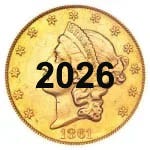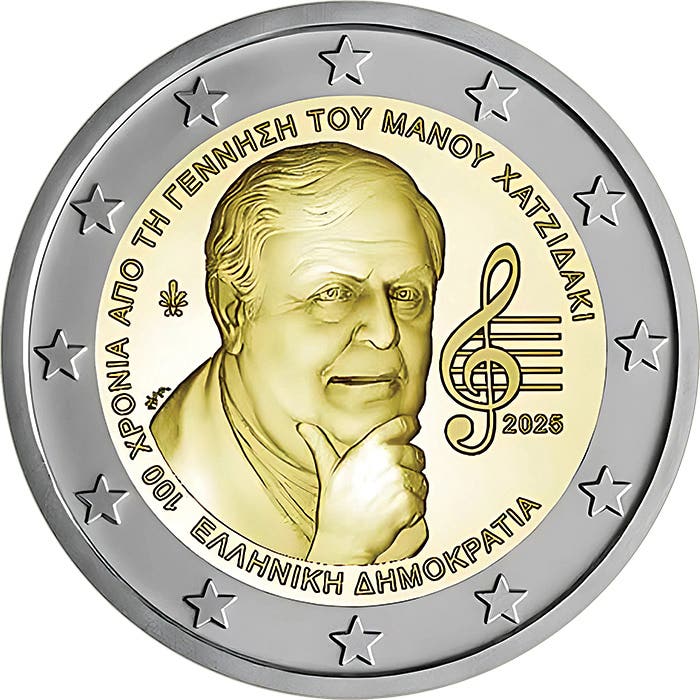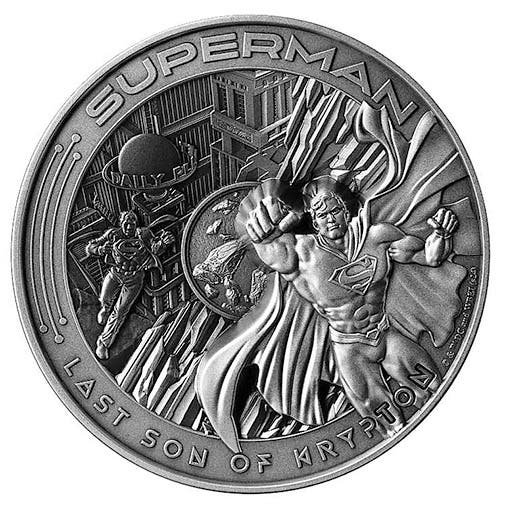Banks Weigh Savings with Digital Currencies
India is weighing the cost of printing bank notes versus using a digital currency as a true currency. While bank notes are universally accepted as being a form of currency…
India is weighing the cost of printing bank notes versus using a digital currency as a true currency. While bank notes are universally accepted as being a form of currency alongside coins, crypto currencies are still only recognized as another form of value, but not as money itself. As a form of value that isn’t money itself, crypto currencies must be liquidated into physical or “paper” coins or bank notes at some point to realize their true value.
It is true crypto currencies may be the next best way of transferring monetary value from one place to another, just as physically moving gold coins from one bank to another was eventually replaced by first large denomination bank note transfers and later by electronic methods.
According to the Indian company Proassetz Exchange Director Manoj Dalmia, “Digital currency will not require paper, [or] metals in order to manufacture physical currencies thus reducing costs.”
Chief Executive Officer Archit Gupta echoed, “Digital currencies can provide a more efficient infrastructure money transfer. Due to sustained inflation and economic growth, the increase in the money supply is sure,” adding, “However, with the introduction of digital currency, cash usage can be replaced by it to a larger extent, resulting in the removal of the cost of printing, transporting, storing, and distributing currency. Ultimately, it will reduce the cost involved in managing and moving money around the economy.”
This is where the Reserve Bank of India and other central banks are weighing operational costs involved in printing, distributing, and storing coins and bank notes. These expenses can be reduced if additional currency issued is replaced by digital legal tender.
India’s central bank was listening when PwC India Partner & Payments Transformation Leader Mihir Gandhi said, “With the issuance of digital currency, the need for the minting of notes and coins will reduce thereby saving the cost of printing paper, transportation, handling, secured storage etc. However, it will be prudent to conduct a comparative analysis in terms of the cost of creating and maintaining digital rupee infrastructure vis-à-vis physical currency infrastructure.”
In her March article “What is Money Anyway” Lyn Alden of Lyn Alden Investment Strategy wrote, “The world has gone through three phases: commodity money, gold standard (the final form of commodity money), and fiat currency. A fourth phase, digital money, is on the horizon.”
Alden is correct, but we have a long way to go to reach this fourth phase globally. Giesecke+Devrient in Germany, Crane AB in Sweden, and De La Rue in the United Kingdom are where at least 40 of Africa’s 54 countries turn when they need bank notes to be printed. Likewise, coins are typically issued by foreign mints for most African countries.
Ironically, African nations are not necessarily going the route India and much of Europe and North America are moving regarding acceptance of digital currencies as being legal tender. One of the reasons is demand for physical cash.
According to African Center for Economics Research spokesman Mma Amara Ekeruche, when a country’s currency is not in high demand on a global scale it makes little sense to print bank notes domestically, and digital currency may not be as practical as elsewhere.
Ekeruche was quoted on March 24 by AllAfrica.com as saying, “If a country prints one bank note for €10 at home and sees that it can print it for about €8 abroad, then why would they incur more costs to do that? It won’t make sense.”
AllAfrica.com reported, “Countries with smaller populations, like Gambia or Somaliland, would have more money than they needed if they printed their own.” Why would digital currency be necessary?
Morocco, Kenya, Nigeria, and South Africa are among the few African nations with sufficient resources to mint their own coins or print their own bank notes. A delegation from Gambia to the Nigerian Central Bank recently inquired about ordering Gambian bank notes from Nigeria.
The 55-member African Union is looking towards additional sovereignty for African nations from any form of colonialism. A 2020 conference studied Africa’s digital transformation “through improved and integrated digital financial and payment systems,” but this appears to remain as a back burner issue.
Then there is the issue of access to digital currencies if you live in a third world nation. Ask El Salvador, where a recent attempt to abandon coins and bank notes failed due to a lack of such access.









